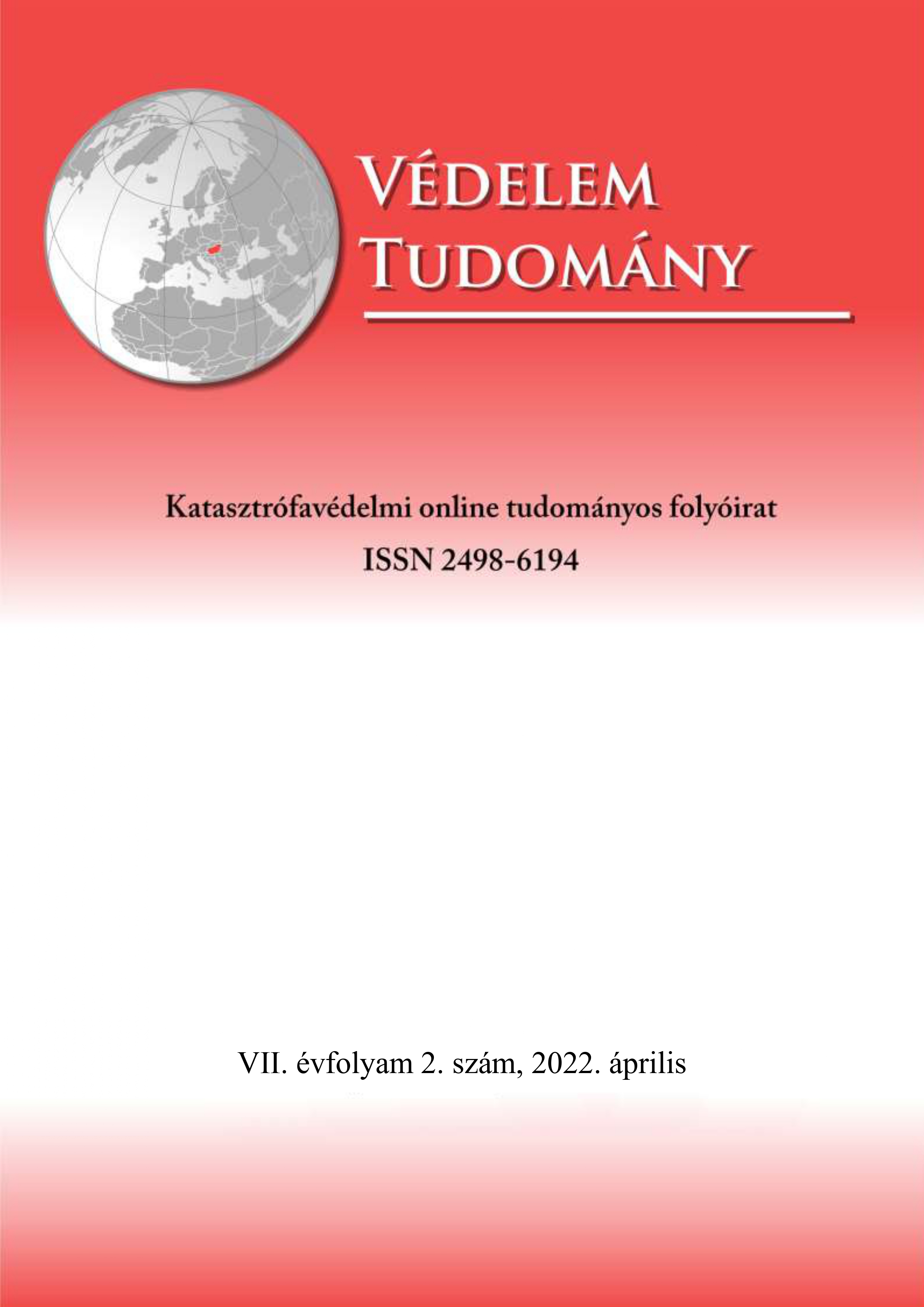Growing need of international cooperation in DDR
Abstract
The losses of lives and physical properties due to the disasters are rising mostly in developing countries. The impact of a disaster in a particular country or region can have an effect on another country or region. Disaster risk is global in nature. Disasters cause human life losses, property damage, and long-term impacts on productivity, growth, and the economy. In view of the above situation, preparedness and preventive measures are highly desirable to reduce losses. In addition, effective and efficient response and rehabilitation capabilities and mechanisms are also equally important to minimize and redress the disaster losses and damages. Hence, the need and importance of cooperation and coordination among the national and international organizations and countries are pertinent particularly in the field of the development of humanitarian assistance. At the national level, such cooperation and coordination may vary from community level to local, village, municipality, district/province, and/or region. While at the international level, it varies from regional to global. NGOs like TIEMS have a vital role to play in international cooperation and collaboration while it has a wide connection with a number of experts and international organizations.
References
Grimble, R., and M.K. Chan. (1995): Stakeholder analysis for natural resources anagement in developing countries. Some practical guidelines for making management more participatory and effective. Natural Resources Forum 19(2): 113–124.
Ikeda, S. and Nagasaka, T. (2011): “An Emergent Framework of Disaster Risk Governance towards Innovating Coping Capability for Reducing Disaster Risks in Local Communities” Int. J. Disaster Risk Sci. 2011, 2 (2): 1–9 pp 3.
Nagasaka, T., and S. Ikeda. (2008): Strategy and Methodology for Disaster Risk Governance. Japanese Journal of Risk Analysis 17 (3): 13–23 (in Japanese).
“Nepal Disaster Report 2015,” MoHA, DPNet-Nepal.
Poudyal Chhetri, M.B. (2001), "A Practitioner‟s View of Disaster Management in
Nepal: Organization, System, Problems and Prospects,” Risk Management: An International Journal,
Vol. 3, No.4, Published by Perpetuity Press Ltd., Leicester, UK.
Poudyal Chhetri, M.B.(2014), “Significance of Cooperation and Coordination in International Disaster Management System,” The Kathmandu Post, Kathmandu, Nepal.
Poudyal Chhetri, M.B. (2021), “Importance of Good Governance in Disaster Risk Reduction and Management,” Purbatayari, Disaster Preparedness Network-Nepal, Kathmandu 2021.
Renn, O. (2015): Stakeholder and Public Involvement in Risk Governance Published online: 25 February 2015 The Author(s) 2015. This article is published with open access at Springerlink.com
Sendai Framework for Disaster Risk Reduction 2015-2030, UNISDR, 2015.
UNISDR (2015). Making Development Sustainable: The Future of Disaster Risk Management. Global Assessment Report on Disaster Risk Reduction. Geneva, Switzerland: United Nations Office for Disaster Risk Reduction (UNISDR), p. 128
World Disaster Report 2020, The International Federation of Red Cross and Red Crescent Societies (IFRC), Geneva, Switzerland.
Websites: https://unece.org/sendai-framework; www.moha.gov.np; www.neoc.gov.np; drrportal.gov.np; www.ncdm.org.np.




